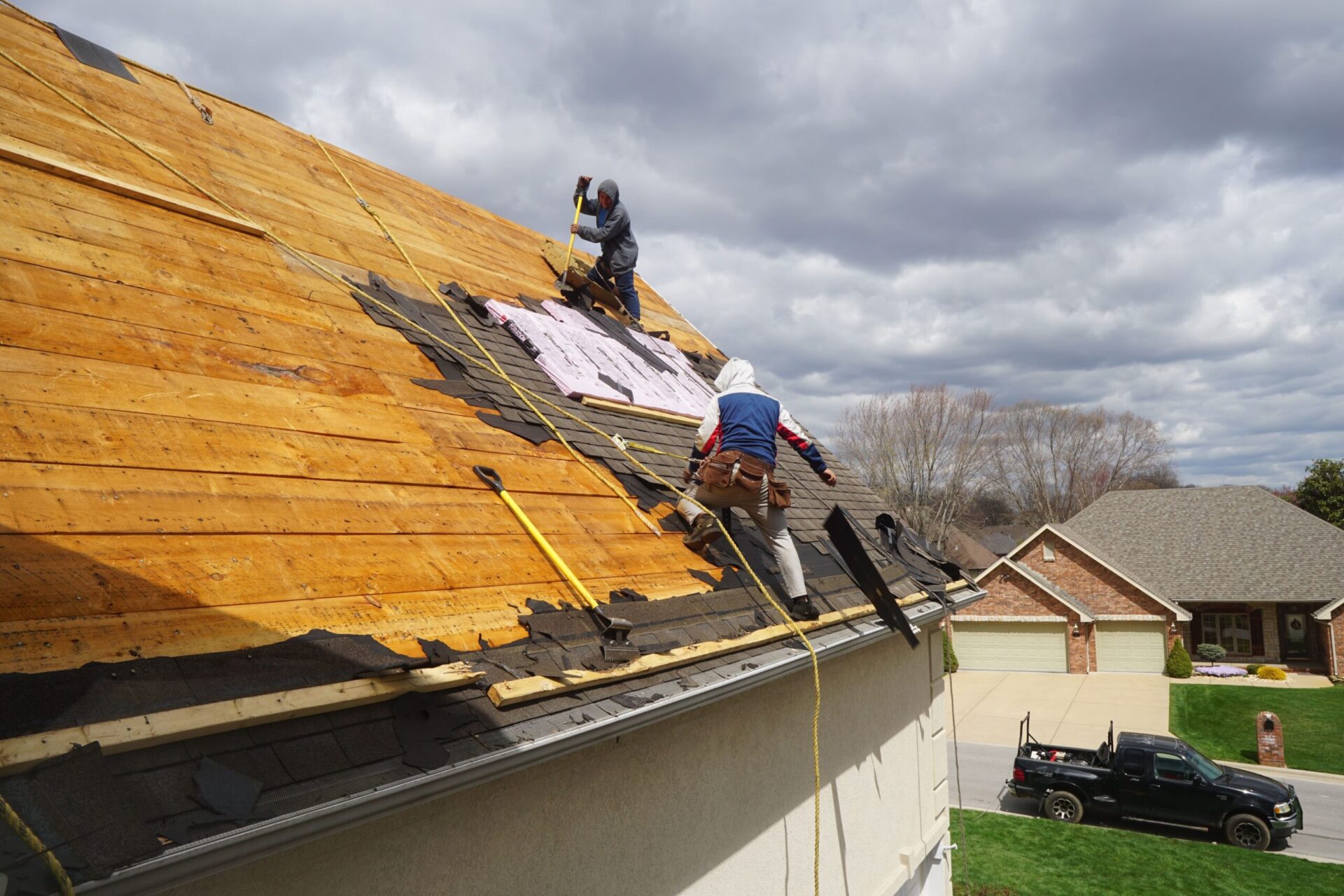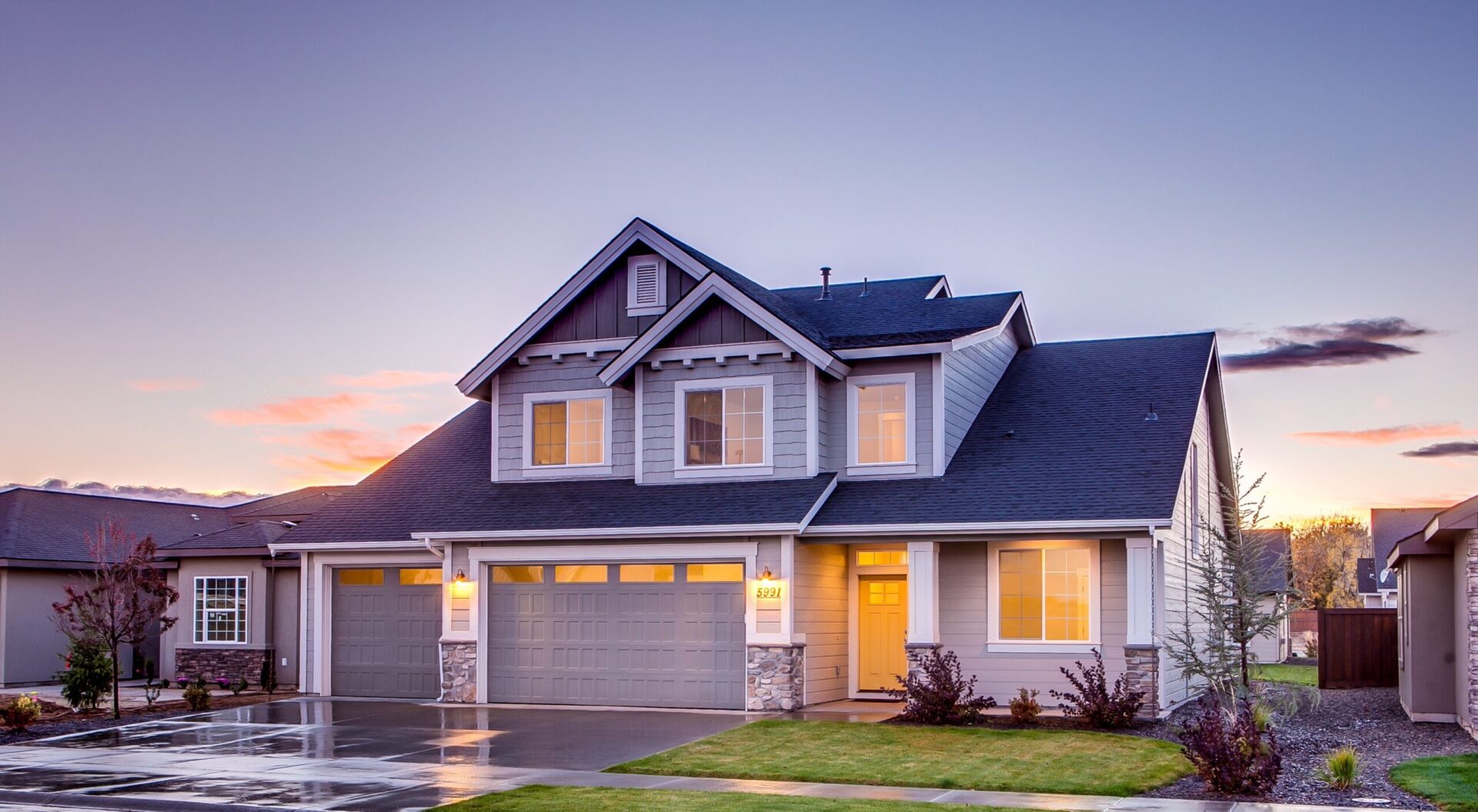
Skylight vs. Rooflight vs. Roof Window: Pros, Cons, and Key Differences Explained
When it comes to bringing natural light into your home or business, installing a roof window is one of the most effective solutions. Whether you choose a skylight, rooflight, or roof window, each type of window offers unique benefits tailored to different roofs and needs. Understanding the differences between these options can help you enhance your living space while making an informed decision about your investment.
In this guide, we’ll clarify the difference between a skylight, rooflight, and roof window, highlight their advantages and drawbacks, and help you choose the ideal solution based on your building’s specific requirements, including the roof type and your personal preferences.
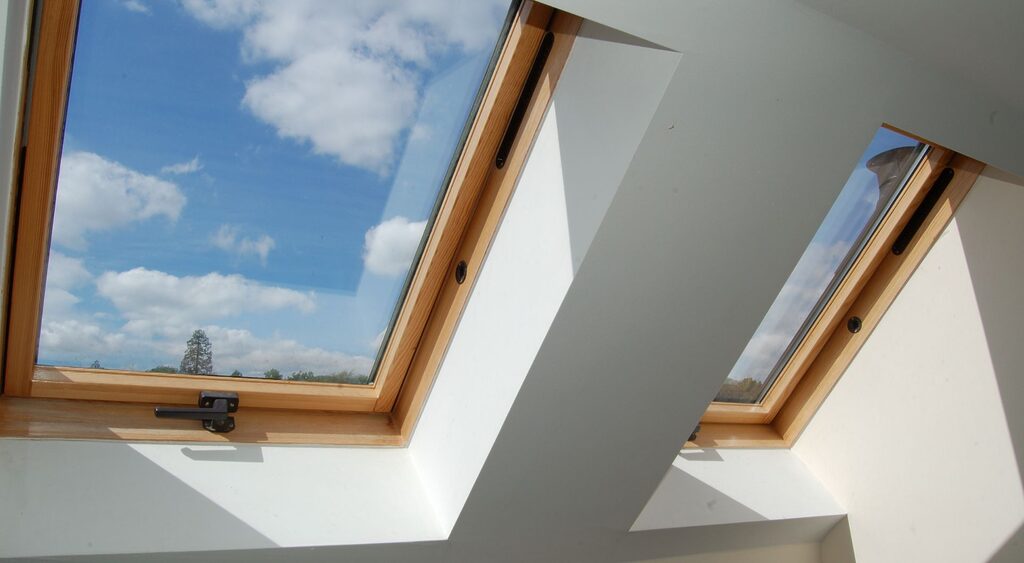
Skylight, Rooflight, and Roof Window: What’s the Difference?
While the terms skylight, rooflight, and roof window are often used interchangeably, subtle differences exist in their usage, especially within Canada and internationally.
- Skylight: Typically refers to a glazed unit installed on a pitched roof. These are commonly installed on traditional pitched roofs of residential properties. Skylights may protrude slightly above the roof surface and often include windows open functionality for ventilation.
- Rooflight: This term is widely associated with units installed on flat roofs or low-pitch roofs common in commercial and modern residential properties. They are usually fitted within a flat roof structure and installed with an upstand or kerb system to ensure proper drainage and protection from leaks.
- Roof Window: This specifically refers to an opening glazed window integrated into the slope of a pitched roof, typically flush with the surrounding roof, allowing natural ventilation and emergency exit options.
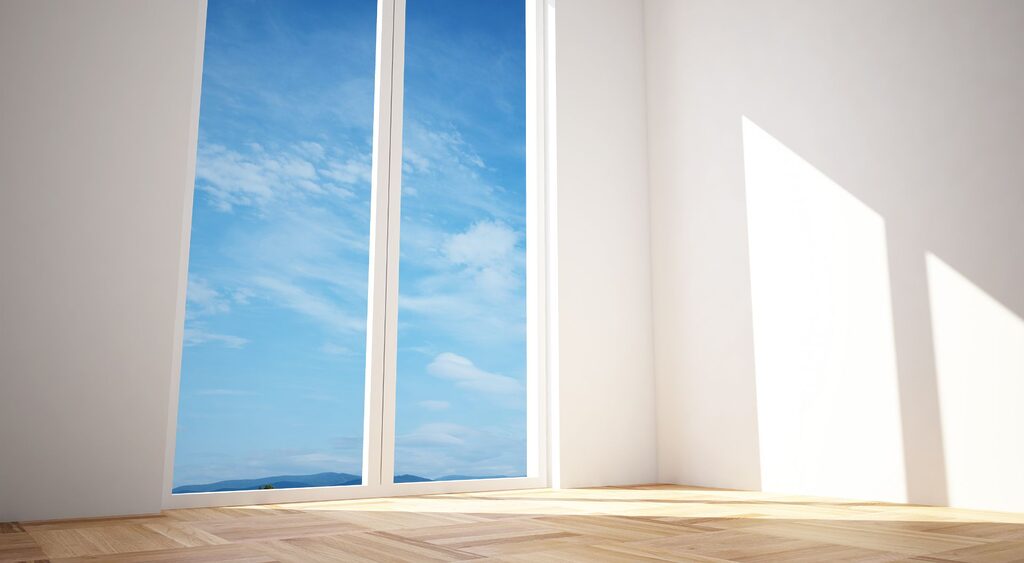
Detailed Comparison: Skylights vs. Rooflights
1. Installation: Flat vs. Pitched Roofs
Skylights are most commonly installed on traditional pitched roofs, such as residential homes. Installation involves cutting through the roof, adding proper flashing, and ensuring water-tight sealing. Properly installed skylights effectively channel water away, preventing leaks.
Roof lights, on the other hand, are typically installed on flat roofs using an upstand or kerb system. This system lifts the rooflight slightly above the roof surface, protecting it from water accumulation and improving durability and drainage.
2. Design & Aesthetics
Skylights add architectural beauty, blending well with traditional pitched roofs. They come in various shapes and sizes, enhancing the visual appeal of a home’s interior and exterior, creating visually inviting, brighter interiors.
Rooflights feature a sleek and minimalist design ideal for modern and commercial buildings. Available in different shapes and sizes, they offer flexibility for customized installations, complementing contemporary architectural styles.
3. Ventilation & Fresh Air
Most skylights and roof windows offer options to have windows open, allowing natural ventilation and circulation of fresh air into your living space. Rooflights often provide less ventilation flexibility, as many designs are fixed; however, operable designs are available for commercial spaces needing ventilation.
Pros and Cons: Skylights vs. Rooflights
Skylights
Pros:
- Excellent for bringing natural light into your home
- Enhances architectural charm of pitched roofs
- Provides natural ventilation (fresh air)
- Wide range of available shapes and sizes
- Often opens manually or electrically (windows open)
Cons:
- Improper installation can lead to leaks or condensation issues
- More complicated installation, particularly on metal roofs or steep pitches
- Maintenance required around flashing areas
Rooflights
Pros:
- Ideal for installation on flat or low-pitched roofs
- Suitable for modern architectural styles
- Strong thermal efficiency and insulation capabilities
- Durable installation with an upstand or kerb system
- Versatile in terms of size and specifications
Cons:
- Less architectural charm compared to pitched roof skylights
- Fixed models may limit ventilation options
- Requires careful installation to manage water drainage
Frequently Asked Questions
The main difference is that a skylight is typically installed on a pitched roof, protruding slightly above the roofline, while a rooflight is commonly fitted within a flat roof, typically flush-mounted or slightly raised, with an upstand or kerb system.
Yes. Modern skylights and rooflights use energy-efficient glazing (glazed unit) that helps maintain indoor temperature and reduce heat loss, significantly lowering energy consumption and costs.
Properly installed skylights and rooflights should not leak. Leaks primarily result from improper installation or inadequate sealing and flashing. Regular maintenance and professional installation can effectively prevent leaks.
Skylights are ideal for pitched roofs, while rooflights are more versatile and best suited for flat or low-slope roofs. Professional installers can advise on the best option depending on your roof’s specifications.
Both skylights and rooflights excel at bringing natural light into indoor spaces. Skylights, due to their angled positioning, often distribute sunlight more effectively throughout the day. Rooflights installed flat can illuminate large interior spaces uniformly and are especially beneficial for modern open-plan designs.
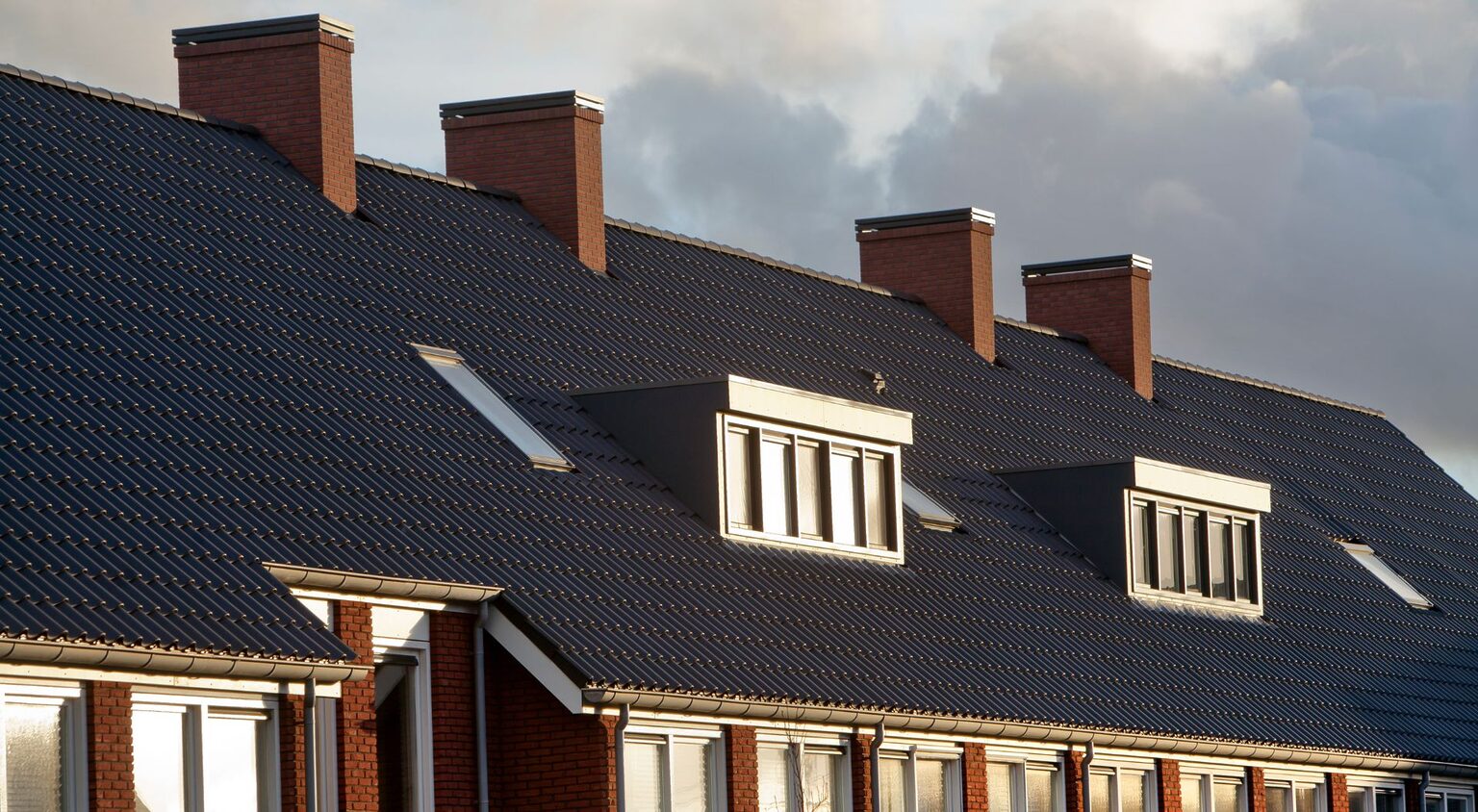
Choosing Between Skylights and Rooflights: Final Thoughts
The choice between skylights and rooflights ultimately depends on your property’s roof structure, architectural style, and desired functionality.
For homes with traditional pitched roofs, skylights remain a popular choice, adding charm and effectively brightening interiors. Additionally, the ventilation provided by skylights ensures continuous circulation of fresh air.
For commercial buildings, extensions, or modern homes with flat roofs, rooflights installed using an upstand or kerb system deliver robust performance and clean aesthetics. Their versatility in size and specifications makes them an attractive choice.
All Coast Roofing: Professional Installation You Can Trust
Professional installation is essential for skylights and rooflights, and having an experienced team can make all the difference. With precision installation suitable for any roof type—whether pitched or flat—this service ensures lasting performance, optimal natural lighting, and a secure watertight seal.
Whether you prefer traditional skylights or modern rooflights fitted in a flat roof, specialists are available to provide reliable and efficient service. Enhance your living space, improve energy efficiency, and enjoy the charm and comfort that natural lighting brings.


